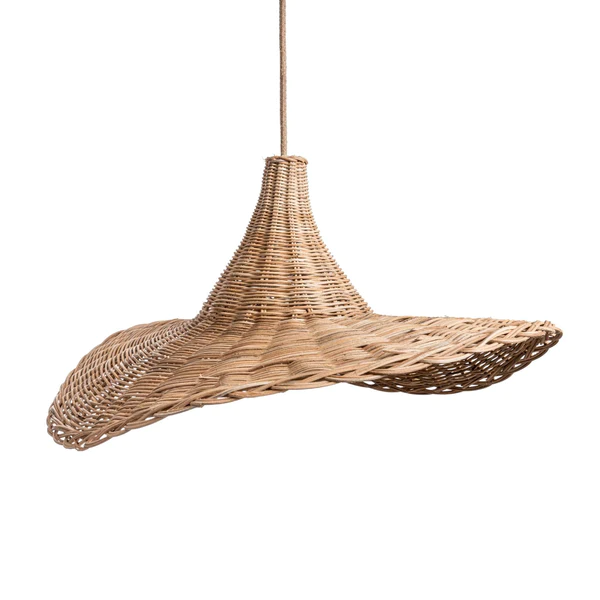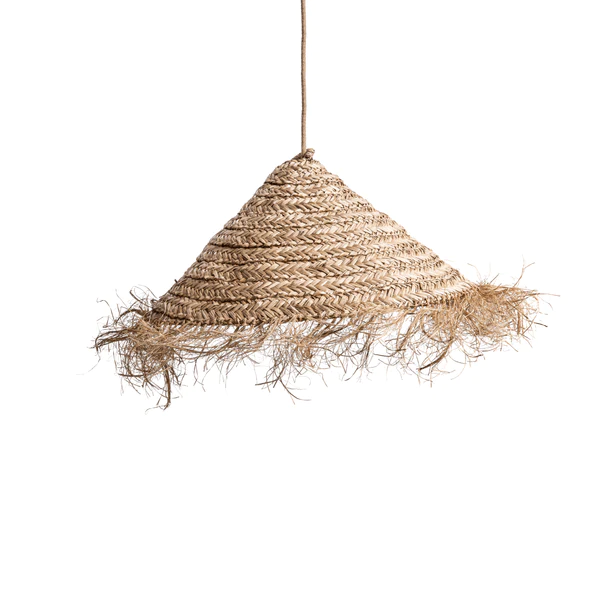Formerly viewed as insignificant grass-like leaves, seagrasses thrive and stay untouched in the extensive meadows. Gradually, after acknowledging the potential of that wild plant, local communities have relocated their villages to areas with rich diversity and abundance of seagrasses. With great creativity, people utilize ripe seagrass roots for basketry – an indigenous traditional craft passed down from generation to generation that has brought them both livelihoods and a reputation for excellence in producing top-of-market handwoven baskets for walls.


Fiber collecting
Due to the scorching sun in the daylight, local people flood the field at midnight to gather seagrass. It takes about two months for the seagrass to be harvested. May and September are the two main sedge seasons. After thinning out patches of roots using digging tools, people separate the sedge layers before being sun-dried
Material processing
Bundles of sedge are piled onto a delivery tricycle to be transported to the village. Fibers are split, sliced, twisted, or braided depending on the design of the products. The mat is exposed to direct sunlight or seasoned over the flame for a tough texture and bright color.


Basket weaving
More than 14 sedge weaving techniques are used in the most sophisticated way. Sedge fibers are wound around thin bundles of seagrass and secured stitch by stitch into a tiny coil. The weaver incorporates differently colored threads into colorful patterns or designs.




